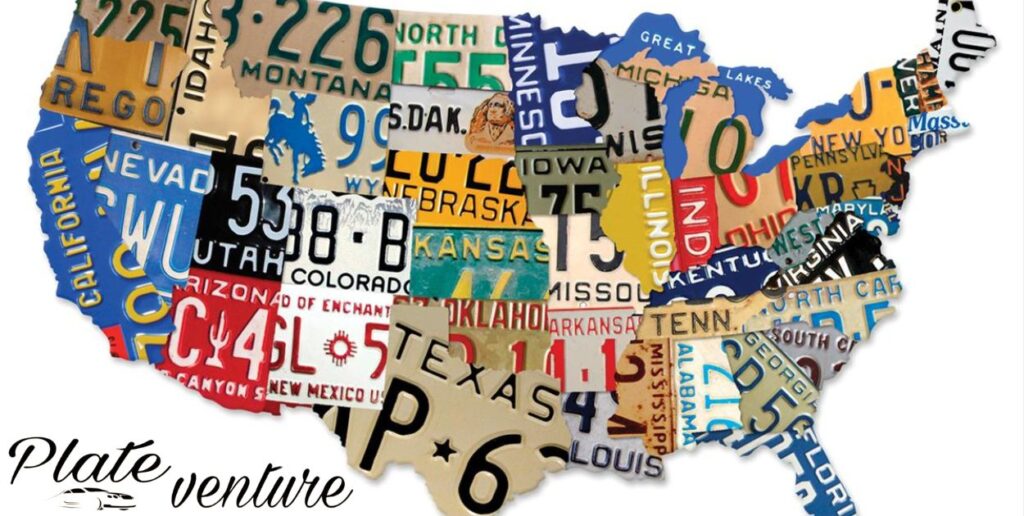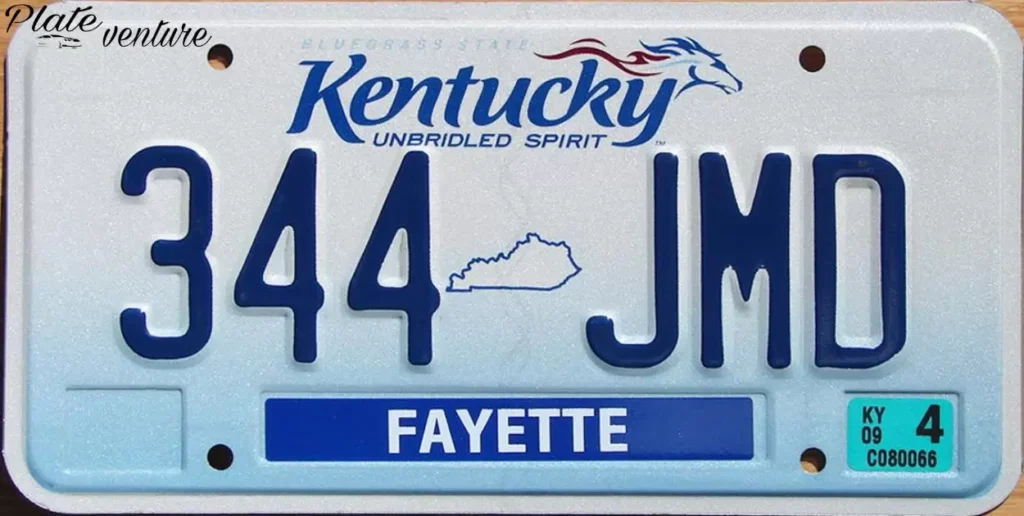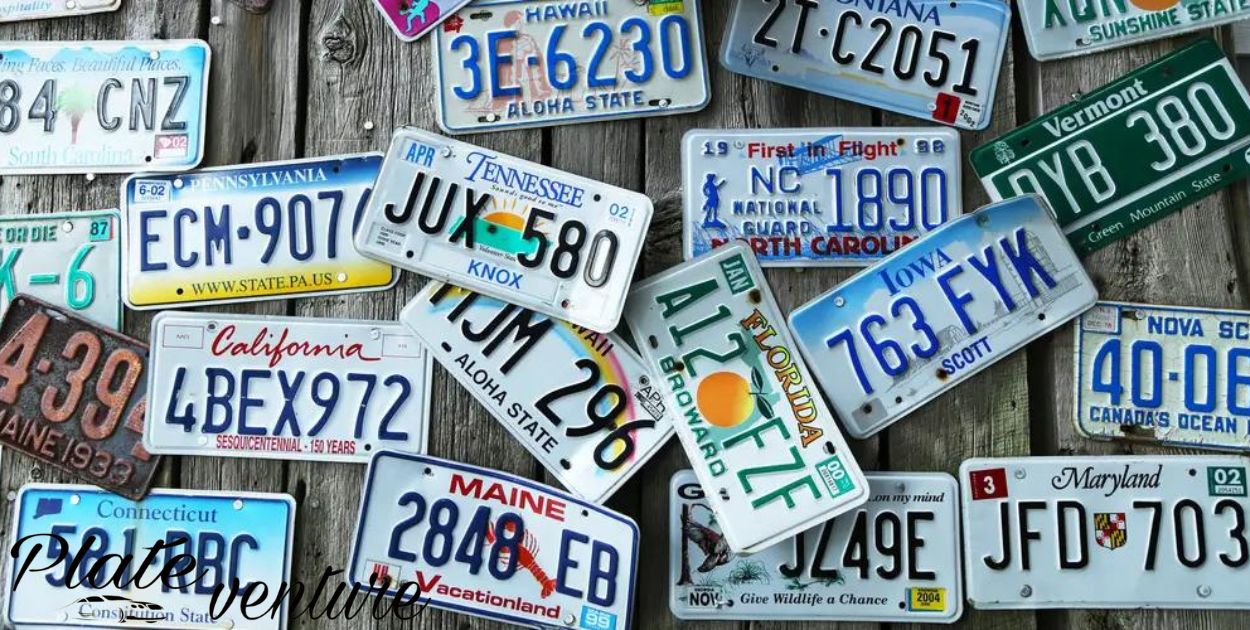License plates come in standard dimensions to fit all vehicles. For cars and small trucks in the United States, plates are typically 12 inches wide and 6 inches tall. Some variations exist for motorcycles and special vehicles. The standardized sizing makes plates easy to mount and view.
What is the size of license plates? The answer depends on the vehicle. Passenger cars and small trucks use plates about a foot wide and half a foot tall. Bikes and motorcycles get smaller ones. Knowing the dimensions helps when designing mounts and frames.
License plates must balance visibility and space. Most cars and trucks use plates about 12 inches wide by 6 inches high. This compact size allows easy mounting while keeping text and numbers legible. Specialty vehicles like motorcycles may use smaller plates to fit the vehicle. Standardized dimensions help plates fit a variety of vehicles.
What are the standard dimensions for license plates?
The standard dimensions for license plates in the United States and Canada are 12 inches wide by 6 inches high, with mounting holes spaced 7 inches apart horizontally and 4 3⁄4 inches vertically, though there may be slight variations by jurisdiction. The standard thickness is 0.027 inches if made of aluminum.
What is the typical size for license plates on cars?
The typical size for license plates on passenger vehicles and trucks in the United States is 12 inches wide by 6 inches high. This is considered the standard automobile license plate size.
How does the license plate size vary by vehicle type?
Motorcycle license plates are smaller than automobile plates. They are typically 7 inches wide by 4 inches high for motorcycles manufactured after 1970, though plates issued before 1970 could be 8 inches by 5 inches. Some jurisdictions issue even smaller plates for mopeds, trailers, and construction equipment.
What are some examples of license plate sizes for motorcycles?
Some examples of license plate sizes for motorcycles in the United States are 7 inches by 4 inches (common size), 8 inches by 5 inches (older plates in some states), and 4 inches by 7 inches (Minnesota). Some territories like Puerto Rico offer European sized motorcycle plates for an additional fee.
How does license plate size differ by country?
License plate sizes can vary widely between countries. For example, European license plates are generally 520 mm × 110 mm while license plates in China are 440 mm × 140 mm. So dimensions can differ significantly. The United States and Canada follow very similar standards which are different from places like Europe and Asia.
Why is there no standard international license plate size?
There is no standard international license plate size because vehicle regulations, including license plate specifications, are determined independently by each country or jurisdiction. Factors like vehicle size, materials available, manufacturing capabilities, and desired aesthetics have led to variations in plate sizes worldwide over time.
Attempts to standardize would be extremely difficult given national sovereignty over vehicle regulations. The lack of coordination and competing interests make a universal standard unlikely.
Front License Plate Installation procedures also vary between countries and even states/provinces, with some requiring front plates and others only needing rear plates. Without a centralized body to mandate standards, front license plate installation comes down to regional vehicle regulations.
What countries have similar license plate dimensions?
Some regional commonalities exist, like European Union member states using a standard 520 mm x 110 mm size. Within Europe, Norway, Switzerland, and some Eastern European countries use smaller plates.
Outside Europe, the dimensions can vary more significantly, but countries that are geographically close or have economic agreements often have similar plate sizes. For example, Mexico and Central American countries bordering it use plates around 330 mm x 150 mm. MERCOSUR trading bloc members Argentina, Brazil, Paraguay and Uruguay also share some plate dimension standards.
What causes the variations in license plate sizes?
The main factors causing variability in license plate sizes globally are differing vehicle sizes, manufacturing capabilities, national regulations and aesthetics. Large vehicles like trucks and buses may warrant bigger plates than passenger cars. Manufacturing constraints can dictate size limits.
National regulations specify plate dimensions, often trying to balance visibility, cost and compliance. And desired appearance plays a role too – some plates are made in iconic shapes representing national identity. On the standardization side, regional trading groups have aligned on some uniform plate sizes. But in general, countries determine sizes independently based on their specific circumstances and priorities.
How does customization impact motorcycle license plates?
Motorcycle license plates tend to have greater customization options compared to standard passenger vehicle plates. Their smaller real estate lends well to novelty plate shapes and materials. Vanity plates with custom lettering are popular.
Some companies offer lightweight metal or plastic plates with customizable color schemes and logos. Even mounting orientation and location can be tailored for motorcycles – plates may mount vertically or at an angle. So while cars offer some personalization, motorcycle plates’ flexibility in shape, size, materials and mounting provides more avenues for customization.
Of course, even with these options, motorcycle plates still must comply with the dimensional and visibility standards mandated in their jurisdiction.
Should there be a universal standard for all license plates?
A case could be made for universal standardization from manufacturing and compliance perspectives. Standard sizes may streamline production, while consistent placement could improve legibility and facilitate traffic monitoring.
Given the complex web of sovereign regulations and competing interests involved globally, attempts to institute a worldwide standard would likely fail or take decades to implement. Regional standardization for trading blocs and neighbors may be more feasible.
An EU-style standard applied internationally could work, but smaller dimensions might not suit larger vehicles everywhere. On the whole, universal standardization, while logical in theory, remains unrealistic and could diminish the cultural uniqueness of license plates. Gradual harmonization driven by regional alliances likely offers the most practical path forward.
How are license plates sized and customized in the United States?

License plates in the US are issued by each state’s department of motor vehicles (DMV) with standard sizing, though some customization is allowed. States follow general size guidelines, with passenger plates around 12″ x 6″, motorcycle plates around 7” x 4″, and options for specialty plates supporting various causes or groups. Custom text or images require DMV approval.
What US agency regulates license plate sizes?
There is no single national US agency that regulates license plate sizes. The American Association of Motor Vehicle Administrators (AAMVA) publishes voluntary size guidelines that states generally follow, but each state DMV has authority over plate sizes issued in their jurisdiction.
What are the standard dimensions for US license plates?
The AAMVA recommends passenger vehicle license plates be around 12 inches wide by 6 inches high. Motorcycle plates are typically 7 inches by 4 inches. Plate sizes can vary slightly by state, but the standardized mounting hole spacing allows plates to fit vehicles across North America.
Can motorists customize the size of their license plates?
No, individual motorists cannot customize or change the standard size of license plates issued in their state. Even vanity or specialty plates follow the same dimensional guidelines, though the DMV may allow some customization of plate colors, images, or text.
What legal restrictions exist around modifying license plates?
It is generally illegal for vehicle owners to modify the size, shape, visibility, or legibility of their license plates under state laws. Tinted covers, frames that obscure info, drilling extra holes, or reshaping plates to fit a different vehicle can result in fines or citations.
What additional information is conveyed through license plates?
License plates convey identifying information about a vehicle and its registration, including a unique license plate number, the issuing jurisdiction, vehicle type (passenger, commercial, motorcycle, etc.), and registration status. Specialty plates may indicate organizational affiliations or causes supported by the registrant.
How do license plate numbers and codes provide vehicle details?
License plate numbers allow vehicles to be uniquely identified. Certain prefixes, suffixes or letter codes in the license plate number can indicate vehicle characteristics like weight class, body style, intended use, or ownership.
What visibility rules apply to displaying license plates?
Vehicles are generally required to display license plates on the front and rear. Motorcycles only need one plate. Clear visibility and legibility of plates is emphasized, with specifications provided for factors like plate dimensions, mounting location, angle, height above ground, and minimum retroreflectivity.
When can obscured or specialized plates cause issues?
Obscured or non-standard plates which don’t meet visibility specifications can impede manual and automated reading, preventing identification. This causes issues for law enforcement, toll collection, parking enforcement, and other functions that rely on license plate data.
What technologies read and scan license plate information?
Automated license plate reader (ALPR) systems use high-speed cameras and computers to scan and recognize license plates. The time, date, location and images captured can be uploaded to databases and matched against “hot lists” for investigative purposes.
Why is standard sizing important for license plates?
Having a standard size for license plates is important for consistency and efficiency in production, administration, and enforcement. Standard sizes allow license plates to be mass-produced rather than custom-made for each vehicle. This improves efficiency and reduces costs.
Standard sizes also allow for automated license plate recognition systems and cameras to be calibrated to accurately read plates within expected dimensions. Consistency in size facilitates easy record-keeping, lookups, and other administrative tasks related to vehicle registrations across different jurisdictions.
How does size impact the legibility of license plates?
The physical size of license plates impacts the legibility and readability of the plate numbers and characters. Plates that are too small can make it difficult to recognize plate numbers from a distance or for automated systems. Having sufficiently large character sizes and spaces between characters allows license plate numbers to be more clearly distinguished.
The standard dimensions of 12 by 6 inches for regular plates in the U.S. provides adequate surface area for legible sizing of plate numbers, state name, graphics, etc. Smaller motorcycle plates may sacrifice some legibility for compactness but still aim to meet minimum standards.
What production and administrative benefits exist from standardization?
Standardized license plate sizes enable mass production with consistent dies, tools, and manufacturing processes. This improves efficiency and reduces production costs compared to custom plates.
Administrative benefits include the ability to use standardized forms, records, databases, and other back-end systems to track and manage license plate registrations. Standardization also aids inventory management for license plate supplies. These production and administrative efficiencies ultimately save jurisdictions time and money while improving accuracy.
How can non-standard plates create enforcement issues?
If some license plates are non-standard sizes, it can create issues for enforcement purposes. Police officers and automated license plate reader systems may fail to recognize and accurately read non-standard plates. This hinders efforts to identify vehicles of interest or detect violations.
Unusual sizes could also allow greater opportunity for fraud if regulations and production safeguards are lacking. Some flexibility can be allowed – such as alternate motorcycle sizes – but large deviations from accepted standards should be avoided to prevent enforcement complications.
What future innovations may impact license plate size standards?

Looking ahead, digital license plates and other innovations could necessitate changes to size standards. Digital displays may enable license plates to adapt sizes and layouts dynamically while still meeting minimum visibility and legibility benchmarks.
Changes would likely need to be incremental to allow existing infrastructure, processes and systems to adjust over time. Any innovations would still need to balance improvements against potential compatibility issues with roadside equipment, databases, etc. Constraints around mounting, vehicle aerodynamics, aesthetics and costs will also influence future designs.
Frequently Asked Question
What are the standard dimensions for US license plates?
The most common passenger vehicle license plate size in the US is 12 x 6 inches.
Why do some states have non-standard sized license plates?
Specialty, vanity, vintage or non-passenger plates allow for customization but may vary outside normal dimensional regulations.
How does motorcycle license plate size differ from cars?
Motorcycle license plates are typically smaller at around 7 x 4 inches to accommodate compact mounting space.
What countries have the largest and smallest license plate sizes?
Saudi Arabia has large 18 x 9 inch plates while Japan has smaller 7.8 x 3.9 inch motorcycle plates.
How could a universal international standard license plate size help?
A consistent worldwide size would ease identification and processing but would limit individual customization.
Conclusion
License plates come in standard dimensions that are set by transportation authorities. For passenger vehicles and trucks, the standard size is 12 inches wide by 6 inches tall. This ensures that the license plate number and other key information is clearly visible and can be easily read by the human eye as well as automated license plate reader technology.
Motorcycle license plates are smaller due to the compact size of motorcycles. The standard motorcycle plate size is 7 inches wide by 4 inches tall. Though more compact, motorcycle license plates must still meet visibility and retroreflectivity requirements.
Both passenger vehicle and motorcycle plates have precisely positioned bolt holes to allow secure mounting. By following these standardized specifications, license plates across all vehicle types can serve their core functions of vehicle identification, registration, and supporting various enforcement and monitoring mechanisms through successful manual and automated scanning.








